OpenGL ES 3.0 Programming Guide (2nd Edition)
£30.20
OpenGL® ES™ is the industry’s leading software interface and graphics library for rendering sophisticated 3D graphics on handheld and embedded devices. The newest version, OpenGL ES 3.0, makes it possible to create stunning visuals for new games and apps, without compromising device performance or battery life. In the OpenGL ® ES ™ 3.0 Programming Guide, Second Edition, the authors cover the entire API and Shading Language. They carefully introduce OpenGL ES 3.0 features such as shadow mapping, instancing, multiple render targets, uniform buffer objects, texture compression, program binaries, and transform feedback. Through detailed, downloadable C-based code examples, you’ll learn how to set up and program every aspect of the graphics pipeline. Step by step, you’ll move from introductory techniques all the way to advanced per-pixel lighting and particle systems. Throughout, you’ll find cutting-edge tips for optimizing performance, maximizing efficiency with both the API and hardware, and fully leveraging OpenGL ES 3.0 in a wide spectrum of applications. All code has been built and tested on iOS 7, Android 4.3, Windows (OpenGL ES 3.0 Emulation), and Ubuntu Linux, and the authors demonstrate how to build OpenGL ES code for each platform. Coverage includes EGL API: communicating with the native windowing system, choosing configurations, and creating rendering contexts and surfaces Shaders: creating and attaching shader objects; compiling shaders; checking for compile errors; creating, linking, and querying program objects; and using source shaders and program binaries OpenGL ES Shading Language: variables, types, constructors, structures, arrays, attributes, uniform blocks, I/O variables, precision qualifiers, and invariance Geometry, vertices, and primitives: inputting geometry into the pipeline, and assembling it into primitives 2D/3D, Cubemap, Array texturing: creation, loading, and rendering; texture wrap modes, filtering, and formats; compressed textures, sampler objects, immutable textures, pixel unpack buffer objects, and mipmapping Fragment shaders: multitexturing, fog, alpha test, and user clip planes Fragment operations: scissor, stencil, and depth tests; multisampling, blending, and dithering Framebuffer objects: rendering to offscreen surfaces for advanced effects Advanced rendering: per-pixel lighting, environment mapping, particle systems, image post-processing, procedural textures, shadow mapping, terrain, and projective texturing Sync objects and fences: synchronizing within host application and GPU execution This edition of the book includes a color insert of the OpenGL ES 3.0 API and OpenGL ES Shading Language 3.0 Reference Cards created by Khronos. The reference cards contain a complete list of all of the functions in OpenGL ES 3.0 along with all of the types, operators, qualifiers, built-ins, and functions in the OpenGL ES Shading Language.
Read more
Additional information
| Publisher | Addison-Wesley Professional, 2nd edition (10 Mar. 2014) |
|---|---|
| Language | English |
| Paperback | 570 pages |
| ISBN-10 | 0321933885 |
| ISBN-13 | 978-0321933881 |
| Dimensions | 21.59 x 3.28 x 27.94 cm |

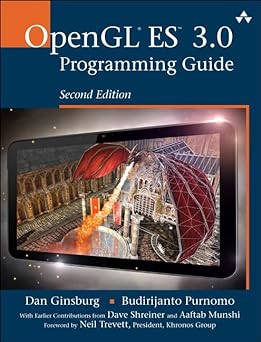


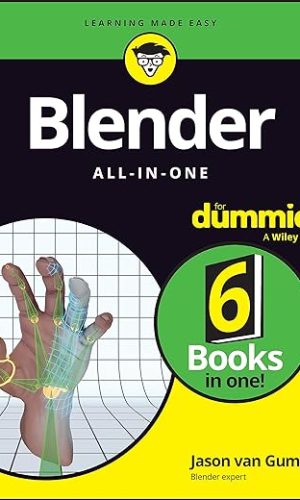
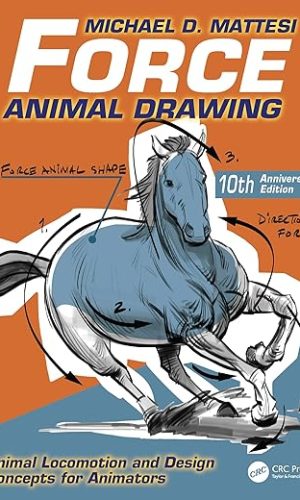


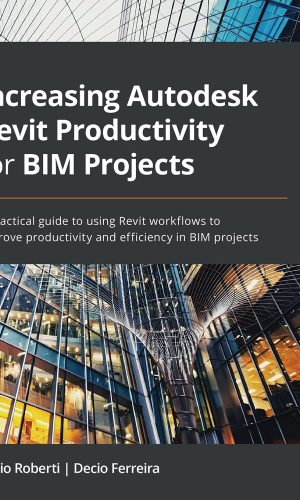
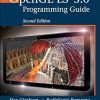
by Richtourist
The use of language is very careless. Words like indices, vertex, buffer and array are used interchangeably and inconsistently, which makes them confusing because you never know if the are referring to something specific or a general concept. And sometimes wrong… a vertex is not a fragment, the devil is in the detail of their close connection. But that is the detail that should be exposed, not glossed over.
The examples rely on default settings which they neglect to mention exist, even though they are essential to understanding how components are communicating. (And I think will fail on IOS)
Very wordy explanations with tiring repetition, probably cut and paste from the manual, but then no deeper explanation. Constantly references things without ever defining them; such as targets.
Although it does generally move forward, it is messy and rambling along the way; but you can’t tell until you try to write your own code and realize how much detail is left out.
You probably looked at some youtube videos, but now want a proper full explanation. Well this book is just another half explanation.
It’s quite common for someone who really understands something to be unable to put their mind into that of someone who does not; I think that’s the problem here.
by Terence Cook
I haven’t read it through, but it is a good source of information and tips.
by Technokid
I am quite knowledgeable of OpenGL ES 2.0 and purchased the Kindle Edition of 3.0 mainly for reference. I read a few of the early chapters to refresh my memory and found it easy to read, concise and well organized. I feel it was money well spent.